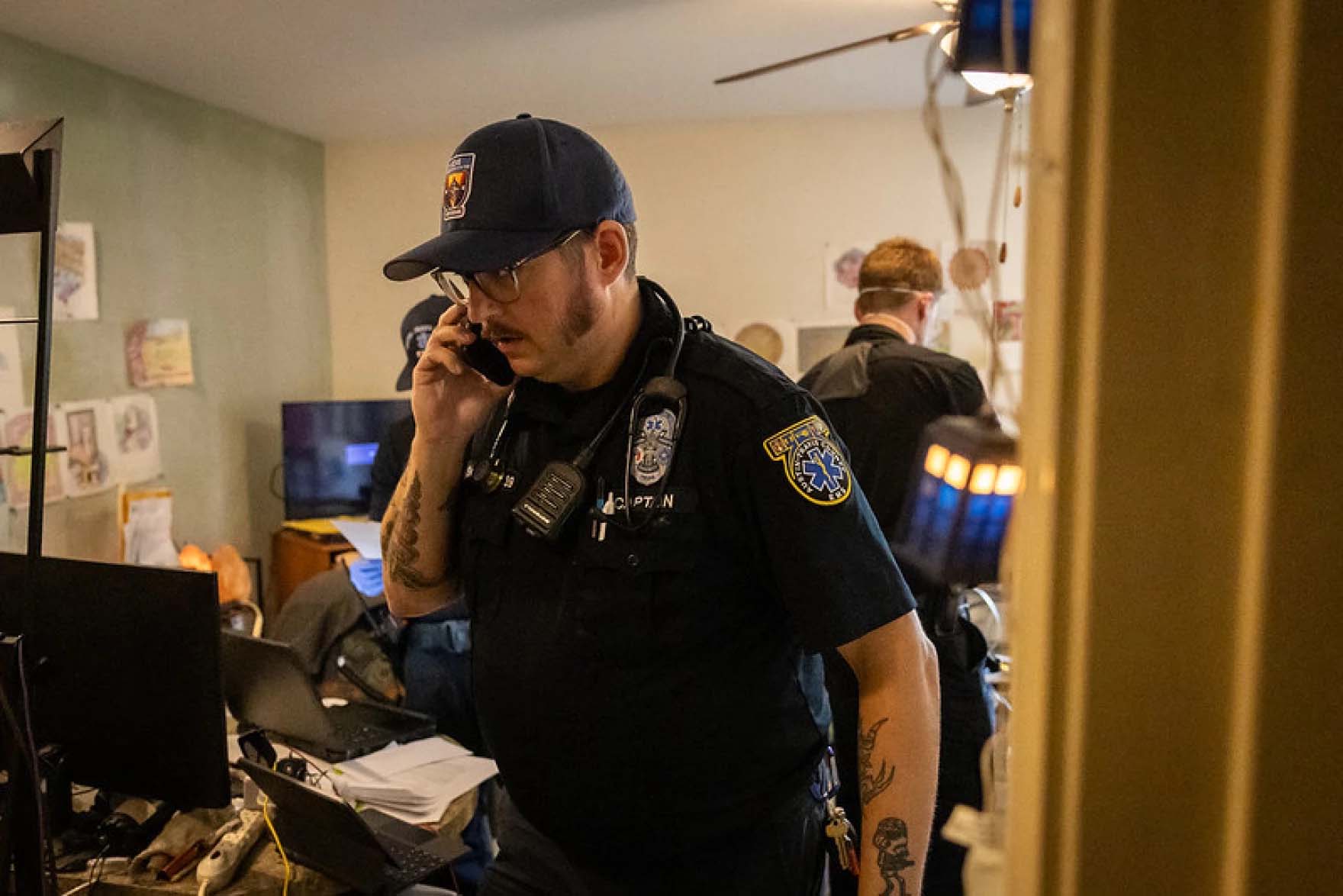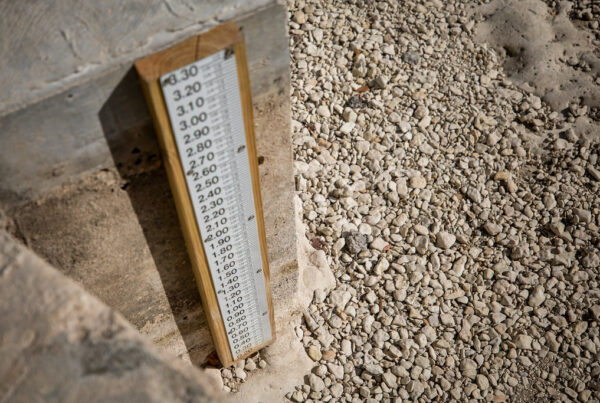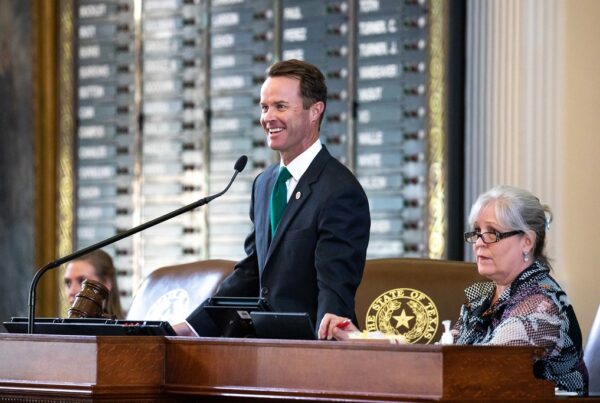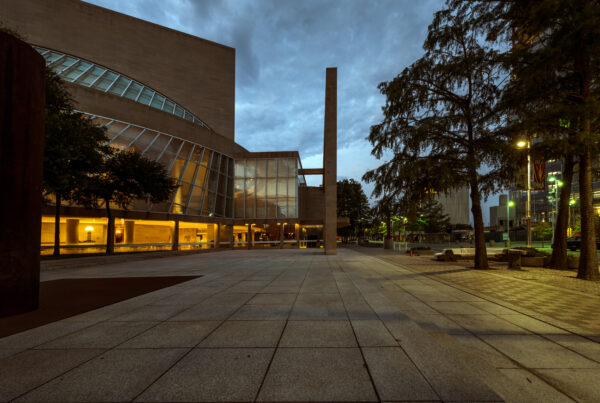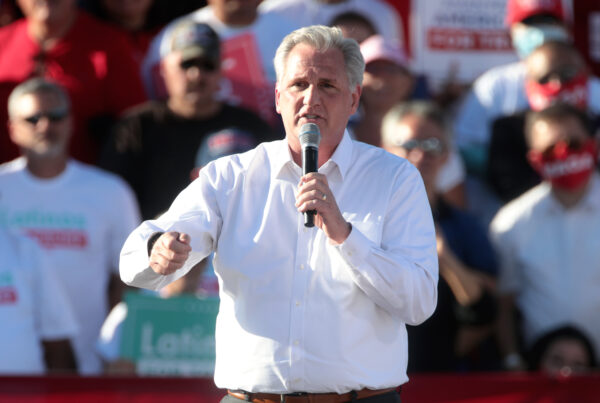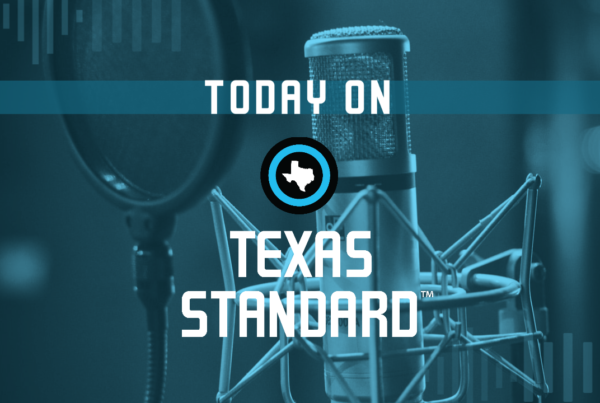From KUT:
Capt. Doug Schulz looks just like any other paramedic in Austin. He wears a navy blue uniform with his name pressed on the right corner of his chest. He carries a medical bag with equipment and sky blue gloves.
But his job is different — and it’s not just that he responds to calls for help in an SUV instead of an ambulance. It’s that he has the ability to meet people where they are.
Schulz is part of a team of paramedics referred to as the Collaborative Care Communication Center, or C4, a program that began with the COVID-19 pandemic. The team aims to respond to calls for help that do not require an ambulance or trip to the emergency room, reducing the strain on hospitals and the health care system.
“Back in March [2020], I got a call from one of our chiefs,” Schulz said. “He said, ‘You are going to screen COVID calls that come in on 911, and we are going to try to deal with them without overloading the system or the ambulances.’”
But that was just for COVID-related calls. As the pandemic dwindled, Schulz said the team realized they were really good at this, responding to calls that weren’t necessarily emergencies.
“We eventually thought: Why don’t we do it for these other low-acuity calls,” he said, referring to calls for help that wouldn’t be considered emergencies. “That is what birthed the [program].”
What is C4?
The Collaborative Care Communication Center is sort of like a telehealth line, Gabe Webber, a commander with C4, said.
“Maybe that is an oversimplification,” he said. “But it is our way of trying to find alternative dispositions for low-acuity health care needs.”
When someone calls 911 and they don’t necessarily need an ambulance or to go to the emergency room — they have an infected wound or a minor injury requiring stitches, for instance — this team of paramedics responds with alternative solutions. The goal is usually to keep the person at home.
The program often caters to people who are either low-income or vulnerable and have no other resources. Many are dealing with chronic health issues.
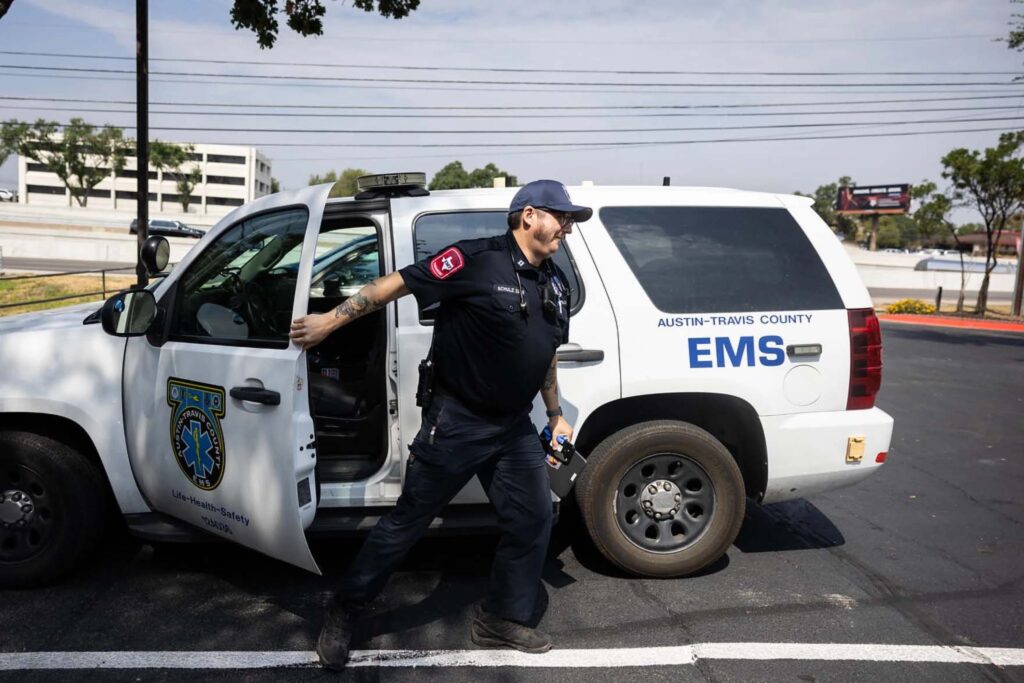
The goal of the C4 team is to treat a person where they are and not bring them to the emergency room.
Michael Minasi / KUT
“Usually they don’t have a relationship with a primary care provider,” Webber said. “They have no place else to turn, so disproportionately they’ll access 911.”
That creates a cycle, he said. They get into an ambulance, are seen by a doctor at the hospital, and told to follow up, but they don’t because they don’t have the ability to do so. That’s where C4 comes in.
“We try to break that endless cycle,” Webber said, “and try to connect them with an appropriate resource.”
That then not only creates a better outcome for the patient, but is also a cost savings. Operating an ambulance and going to the hospital are expensive, Webber said.
Selena Xie, president of the union that represents EMS workers in Austin, says 90% of 911 EMS calls are not medical emergencies, but are resource needs. For example, she said, if someone calls 911 who has trouble getting around, a paramedic can respond to help and also provide a referral for services. So this program gets people the help they need, while freeing up ambulances for the higher needs calls, like heart attacks and other life-threatening situations.
“It is a keystone of what we are trying to do,” Xie said. “We do have limited ambulance resources, and we are covering the entire county and city.”
Using best judgment
Schulz said the team is given a rough set of guidelines when responding to calls.
“’Make good decisions’ was basically the direction we were given,” he said. “Like, ‘Use your best judgment.’”
Schulz said the paramedics try to keep people home or where they’re most comfortable rather than taking them in an ambulance to the hospital. But that’s not always possible.
Earlier this month, Schulz responded to a call from a 56-year-old man with a spinal disease. The man had been discharged from the hospital just two days before and had promised to give himself medicine through an IV. But all of the sudden, he couldn’t get out of bed and was unable to get this medicine from the refrigerator.
Living alone with his cat, he called 911 for help.
Schulz did his best to try to keep the man home, but because he had missed several doses of medicine and was unable to move, a trip to the hospital was really the best option.
“He even agreed,” Schulz said. “He was right there. If he called 24 hours ago that would’ve been way different because we would’ve gotten a dose in. … We tried.”
Expanding the program
Schulz and his fellow team of paramedics respond to many calls for help. But they can only answer a call within the hours they are available — usually from 9 a.m. to 9 p.m. The overnight hours are left unfilled, when paramedics say lots of calls happen, especially mental health calls.
Over the summer, Council Member Alison Alter pushed to have more money for paramedics included in the budget so the program can run 24/7.
“This is really important if we want to grow as a city,” Alter said. The city can respond to calls for help “without having to add a million [fire and EMS] stations as we grow.”
Webber said expansion is important for consistency.
“People do call 24 hours a day … the system never sleeps,” he said. “But during the day, certain calls are diverted [to C4]. During the nighttime, those kinds of calls have to be handled in the traditional manner, and that creates confusion for paramedics in the field.”
While consistency is important, Webber said, fewer resources are available at night, like walk-in clinics and other social services.
“But we could potentially verify the stability of the caller and provide medical advice or maybe a temporary solution overnight, and then set up followup the next day,” Webber said. “Again, potentially keeping from sending that ambulance to that call.”
The goal is to have the program 24/7 by late next year. But Xie said there is more to be done.
“It’s a good start,” she said. “And it’s good to celebrate it, but we shouldn’t feel like we’ve made it to the end zone yet.”


